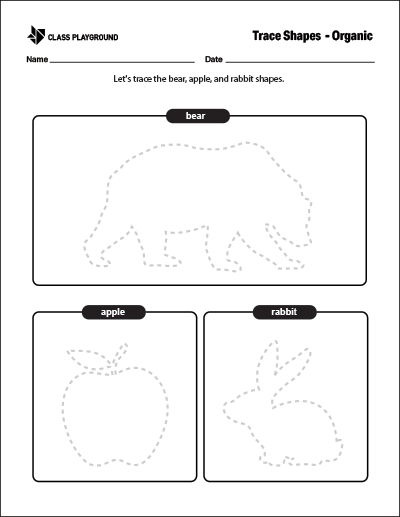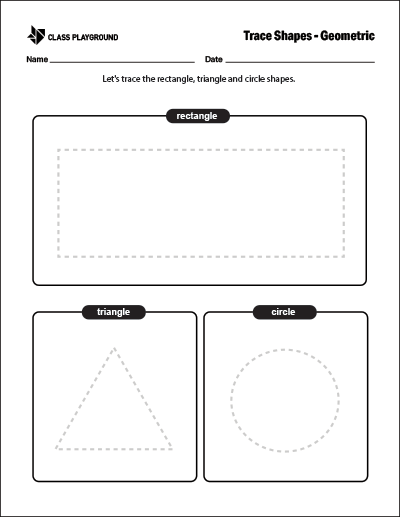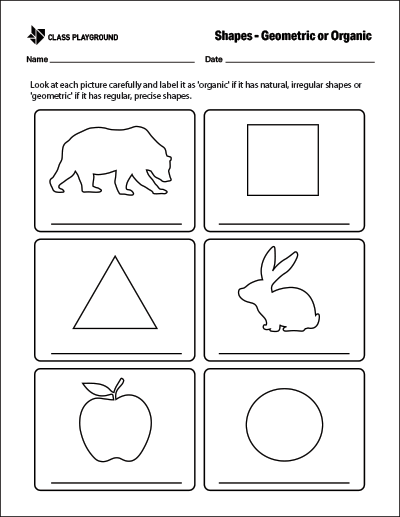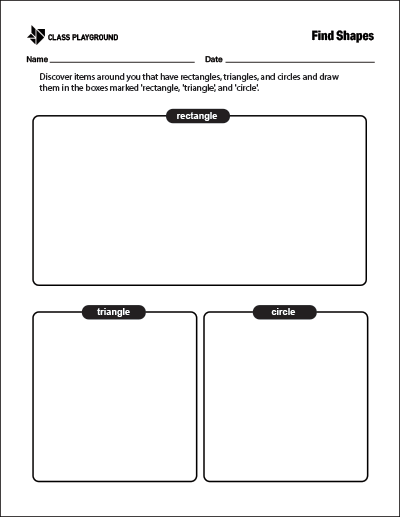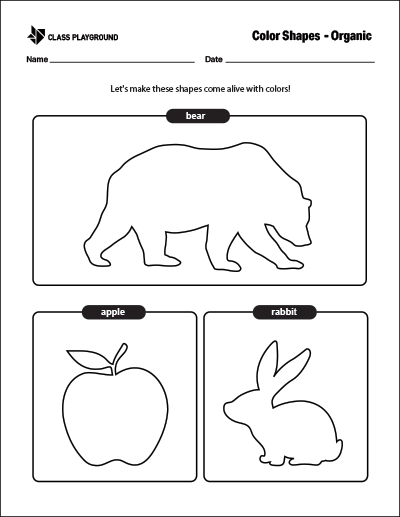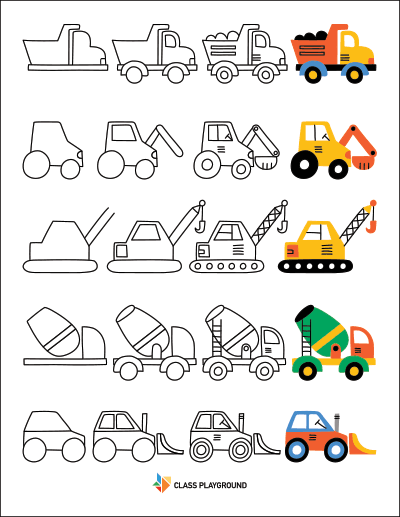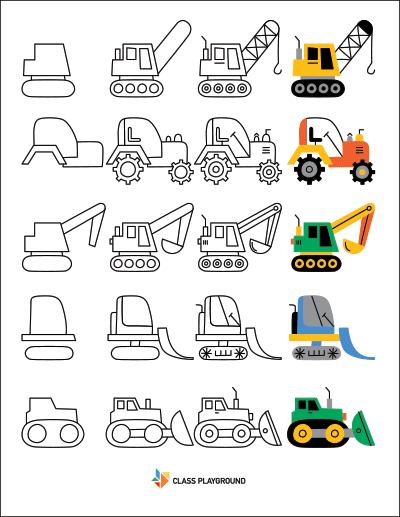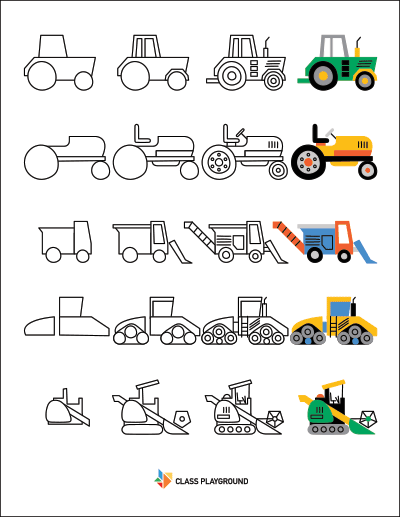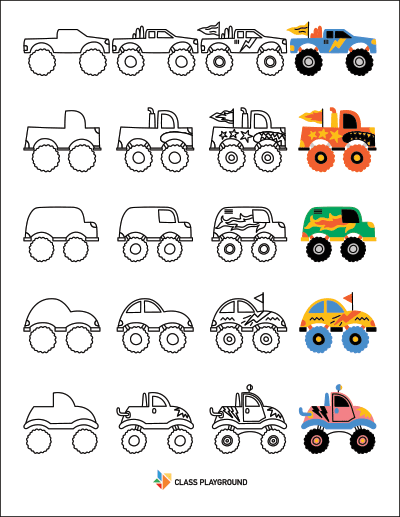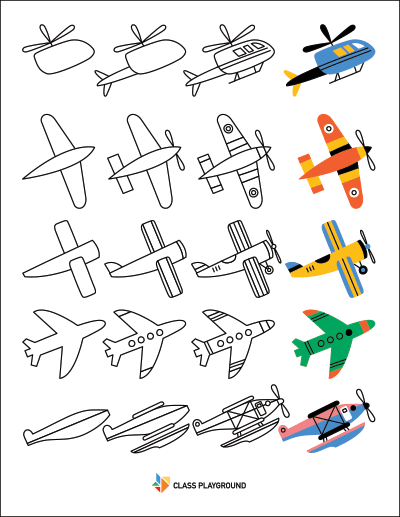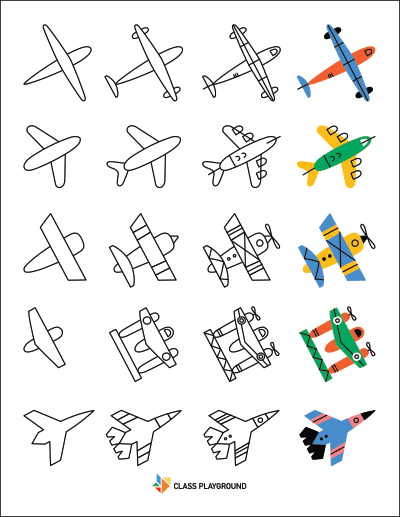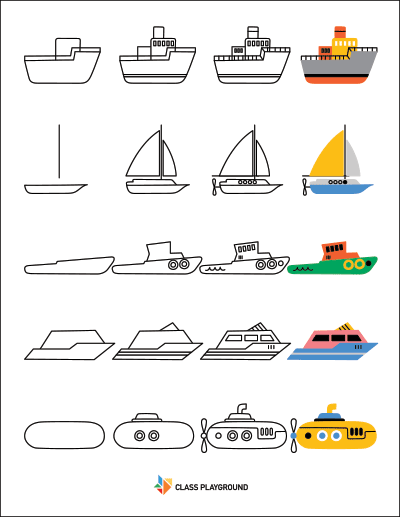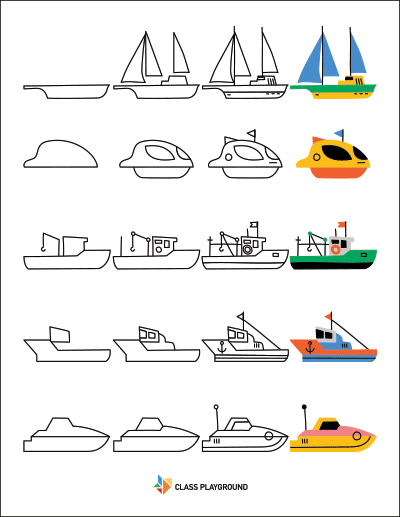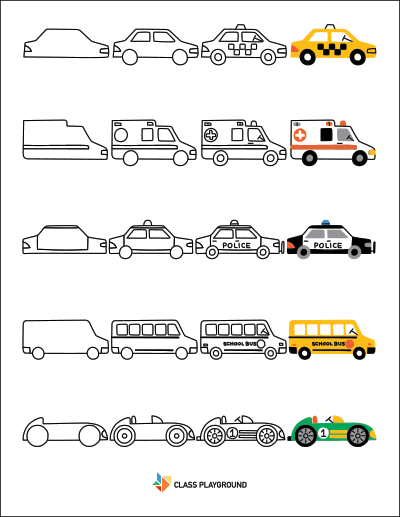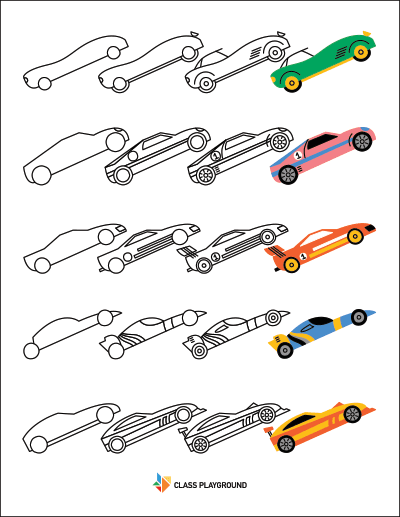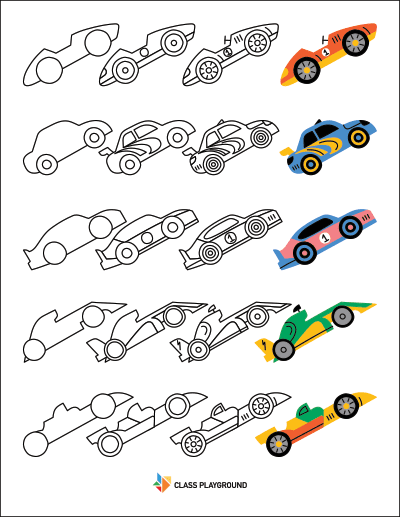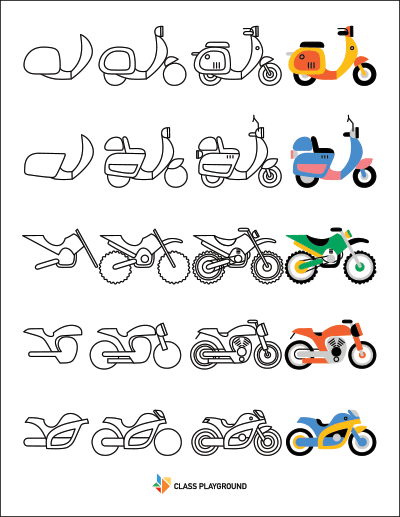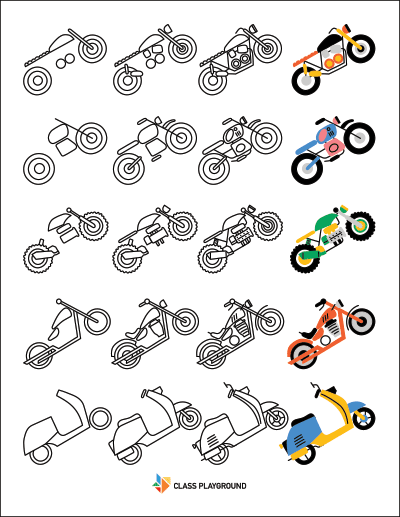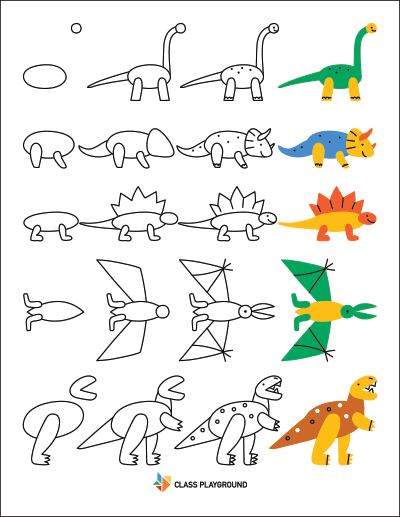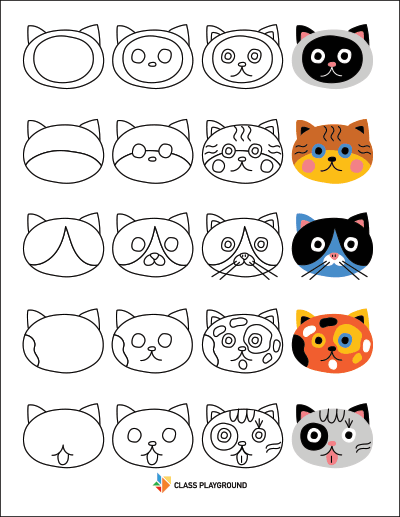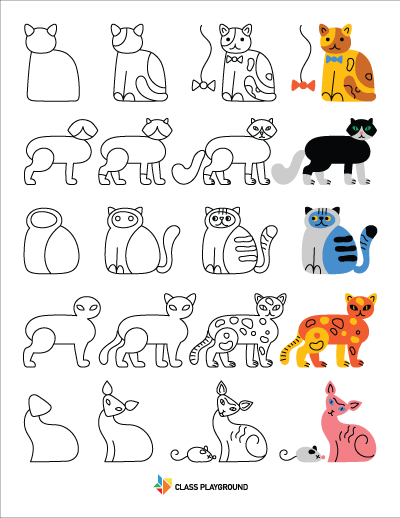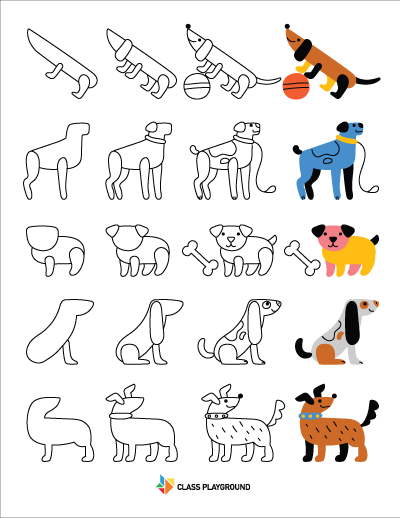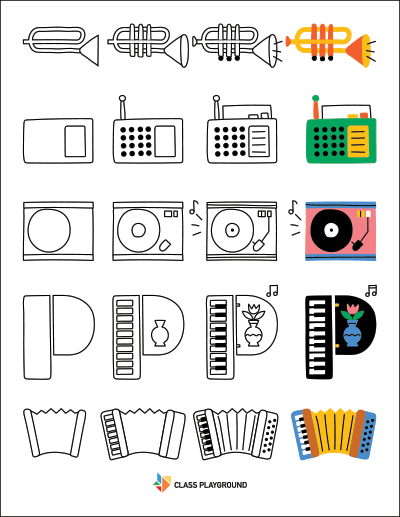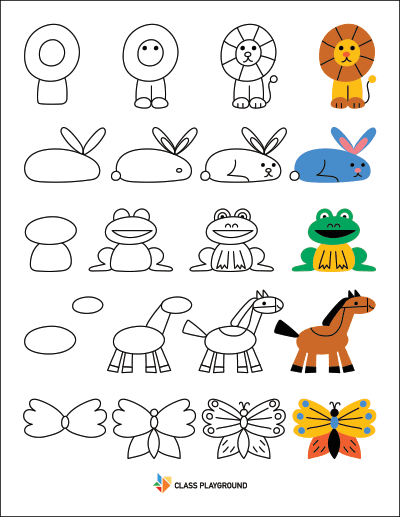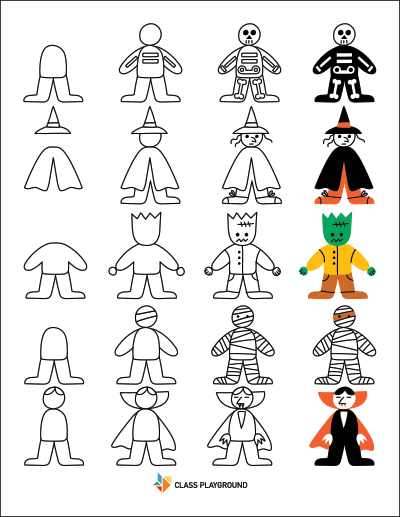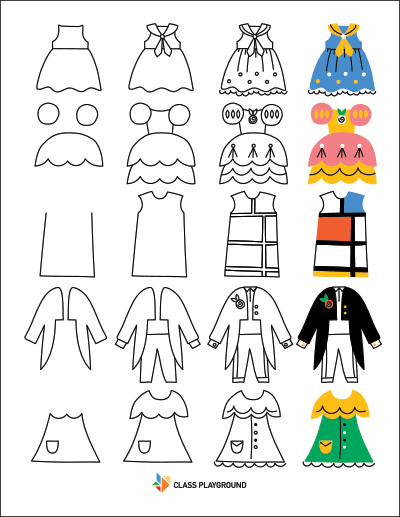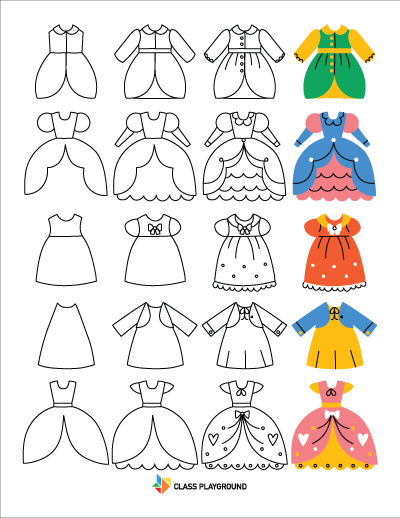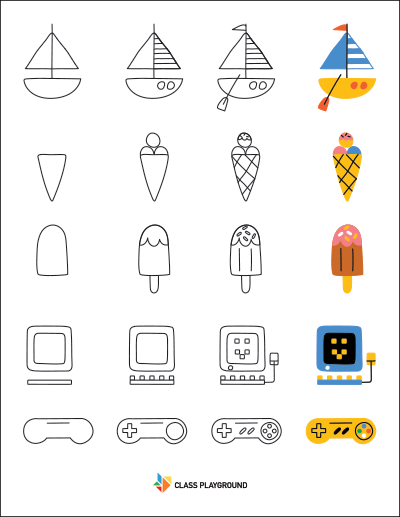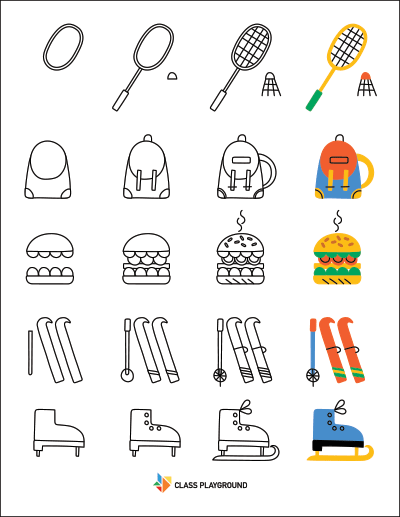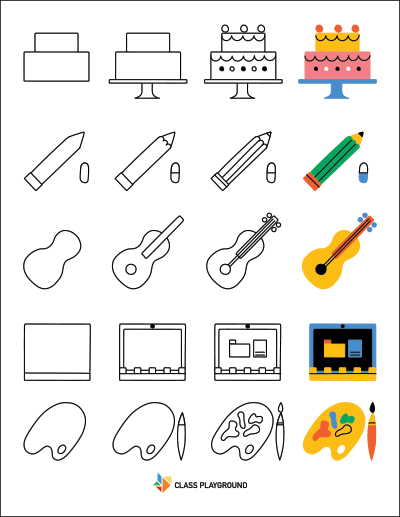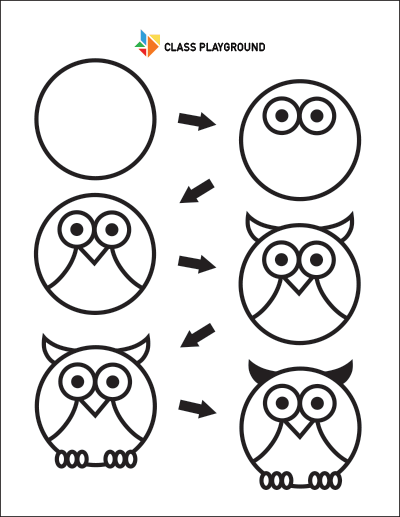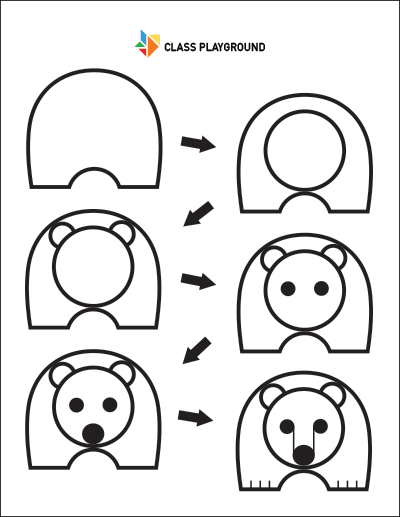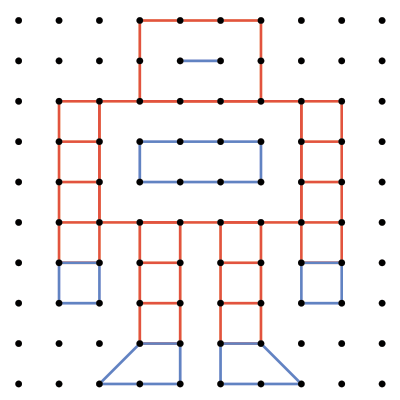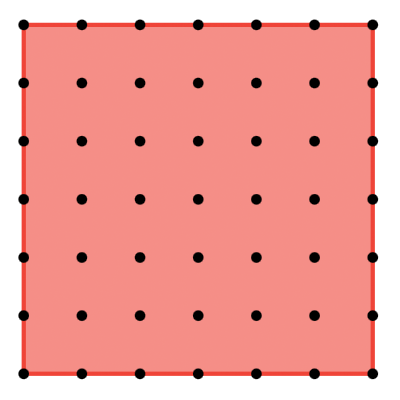Understanding Shapes
Shapes are closed figures created when lines intersect, forming an enclosed space. They are two-dimensional, possessing only length and width. Shapes can be broadly categorized into two types: geometric and organic.
- Geometric: circles, squares, rectangles, triangles—clear edges and precise structure.
- Organic: irregular, freeform shapes that echo forms in nature (leaves, clouds, animals).
Shapes appear everywhere—from architectural designs to logos—and connect naturally to other art elements like line and form.
The Importance of Shapes in Art
In art, shapes provide structure, create patterns, and can represent objects. Mixing geometric and organic forms helps establish balance, contrast, and visual interest. For hands-on exploration, try arranging pieces with an interactive pattern blocks tool.
Strategies for Teaching Shapes
- Start with basics: Introduce circles, squares, triangles, rectangles; discuss properties (sides, corners).
- Analyze artwork: Notice how artists use repeated forms, grids, or silhouettes to organize space.
- Use overlap: Layer forms to create depth and new negative shapes; sketch intersecting circles to demonstrate.
Activities
- Shape collages: Arrange cut forms into abstract or representational compositions; emphasize overlap and contrast.
- Stamp & repeat: Create patterns with foam stamps or everyday objects to explore rhythm and variety.
- Draw & fill: Outline simple forms, then add patterns or limited palettes to unify the page.
- Shape hunt: Photograph or sketch found forms around the classroom, then sort into geometric vs. organic collections.
Printables
- Trace Geometric Shapes — steady the hand while reinforcing edges, corners, and precision.
- Trace Organic Shapes — practice flowing contours and irregular outlines.
- Geometric or Organic Shapes — a quick classify-and-glue activity for comparing categories.
- Positive Negative Shapes — explore figure/ground by filling one and reserving the other.
- Find Shapes — search-and-mark warm-up that builds shape recognition in context.
- How to Draw with Shapes — step-by-step builds (animals/objects) from basic forms for confident drawing.
Draw Trucks: Shape Designs





Draw Trucks introduces young artists to building pictures from simple forms with step-by-step prompts. Get it on Amazon.

